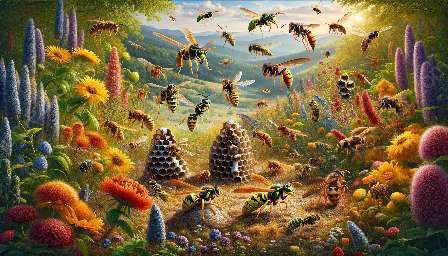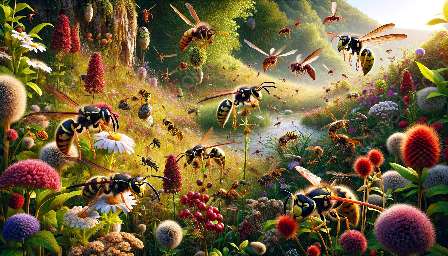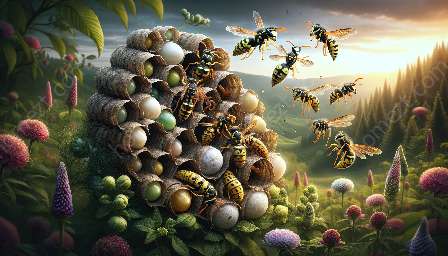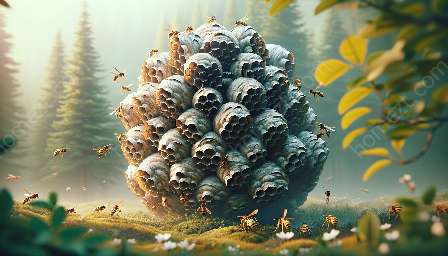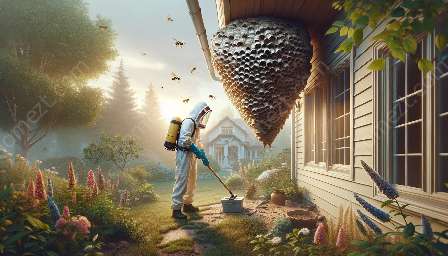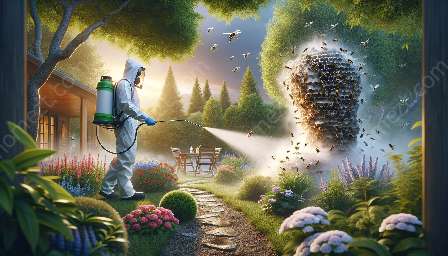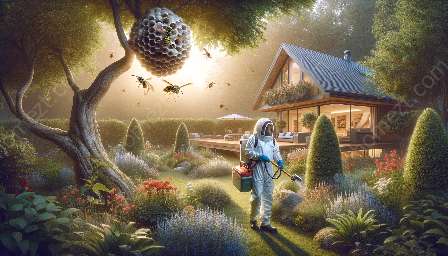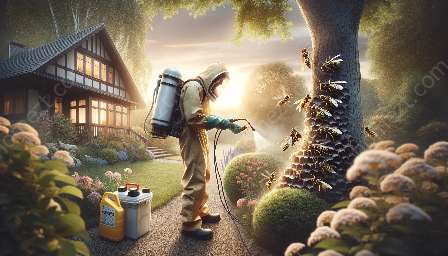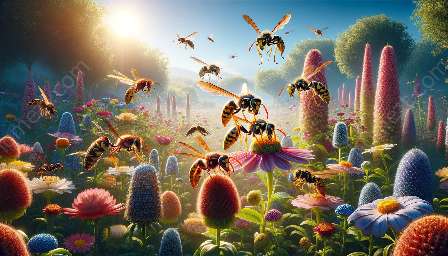Wasps are a diverse group of insects known for their stinging capability and role in pest control. Recognizing different types of wasps and understanding their behavior is essential for effective pest management.
Overview of Wasps
Wasps belong to the order Hymenoptera and are closely related to bees and ants. They play a crucial role in ecosystems as both predators and pollinators. While some species are beneficial, others can pose a threat to humans and require pest control measures.
1. Paper Wasps
Paper wasps (Family: Vespidae) are known for their papery nests, which they construct from plant fibers mixed with saliva. They are generally slender with long legs and are often seen hovering near eaves and ceilings. Paper wasps are considered beneficial for controlling pest insects, but their proximity to human habitats can sometimes lead to conflicts.
Characteristics:
- Slender body with distinct yellow and black bands
- Long, thin legs
- Brown or red coloration
Behavior:
These wasps can be territorial and may sting if their nests are disturbed. They feed on nectar and insects, making them valuable for garden pest control.
2. Yellowjackets
Yellowjackets (Family: Vespidae) are among the most common and aggressive wasp species, known for their distinctive black and yellow markings. They build nests in the ground, often near human activity, posing a pest control challenge.
Characteristics:
- Black and yellow bands
- Characteristic “waist” between the thorax and abdomen
- Aggressive behavior when disturbed
Behavior:
Yellowjackets are scavengers and are attracted to human food and garbage. Their aggressive nature and ability to sting repeatedly make them a significant concern for pest control.
3. Hornets
Hornets (Genus: Vespa) are large and formidable members of the wasp family. Their nests are often found in trees, shrubs, and even buildings, making their control crucial for pest management.
Characteristics:
- Large size with distinct color patterns
- Long, visible legs
- Strong, powerful stinger
Behavior:
Hornets can be aggressive when their nest is threatened and are capable of inflicting painful stings. Their predatory nature and potential for significant stinging incidents necessitate effective pest control measures.
Identifying and Controlling Wasp Infestations
To effectively manage wasp infestations and prevent pest problems, it’s essential to identify the type of wasp and understand its behavior. Pest control measures may include locating and removing nests, using deterrents, and seeking professional assistance for large or persistent infestations.
Conclusion
Understanding the different types of wasps and implementing appropriate pest control strategies is crucial for maintaining a safe and nuisance-free environment. By recognizing their characteristics and behavior, individuals can effectively manage wasp populations while preserving the beneficial role of these insects in ecosystems.

